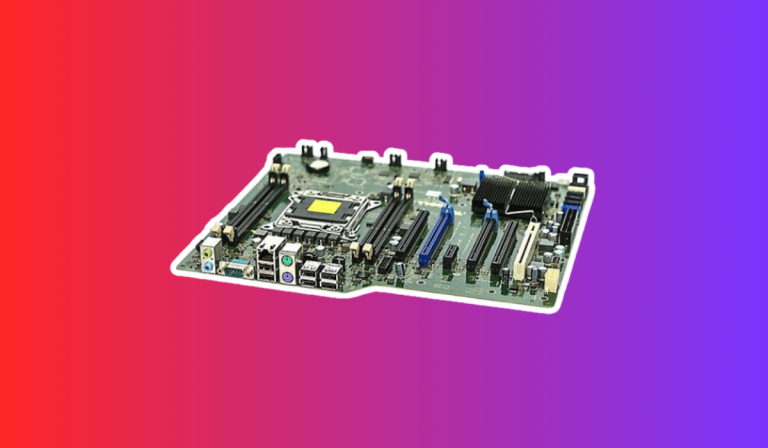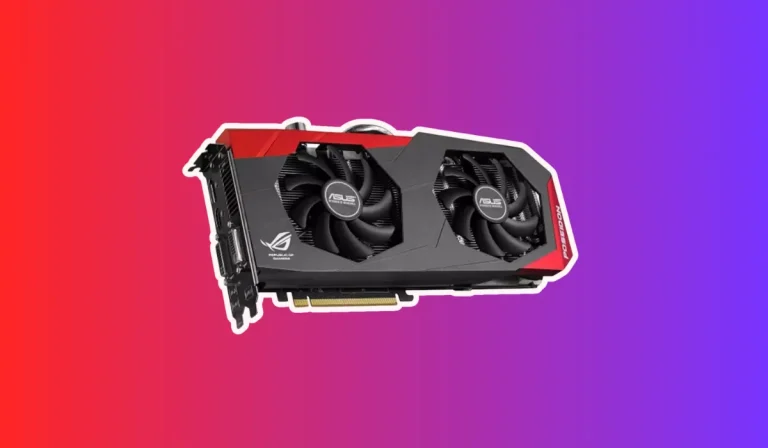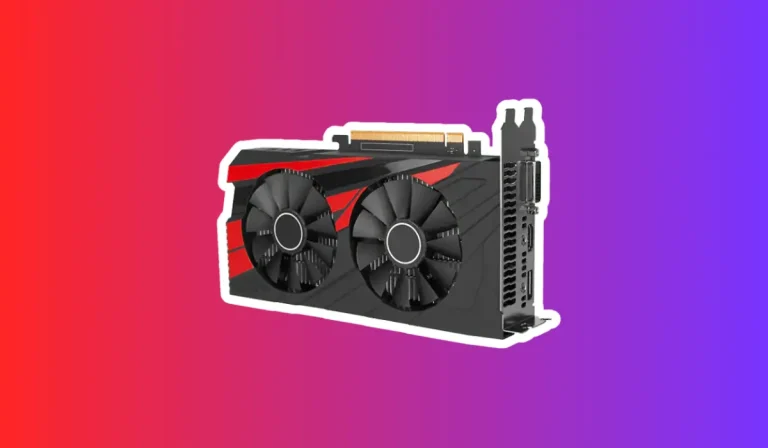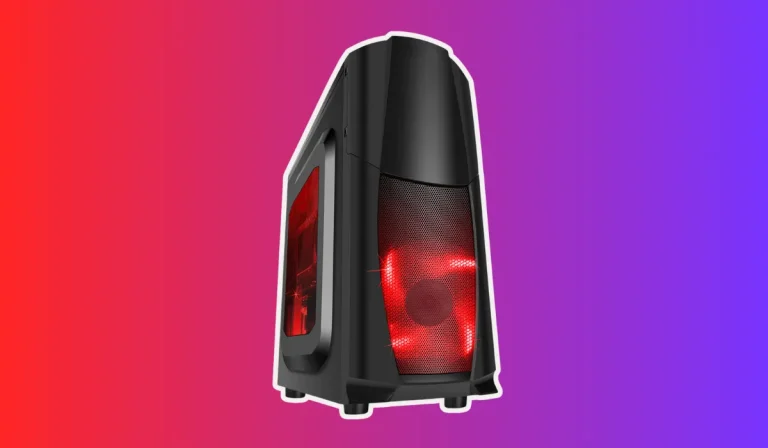How do you activate RTX on NVIDIA?
Are you ready to take your gaming and graphics experience to the next level? Imagine stunning visuals with realistic lighting, reflections, and shadows that bring your games to life. That’s where RTX technology comes in.
Updating Graphics Drivers
Checking Current Driver Version
First, you need to determine the current version of your graphics driver. Right-click on your desktop and select “NVIDIA Control Panel.” In the System Information section, you’ll find details about your current driver version.
Downloading and Installing the Latest Driver
Download the latest compatible driver for your GPU and operating system. Once the download is complete, run the installer and follow the on-screen instructions to install the updated driver.
Restarting Your System
After the driver installation is complete, it’s crucial to restart your system. This allows the changes to take effect and ensures the proper functioning of the updated driver.
Optimizing RTX Settings for Games
Adjusting Ray Tracing Settings
Ray tracing is the key feature of RTX technology that enhances lighting, reflections, and shadows in games. However, enabling ray tracing at its highest settings can be demanding on your system. Experiment with different levels of ray tracing settings to find the sweet spot that offers a good balance between stunning visuals and smooth gameplay.
Exploring DLSS (Deep Learning Super Sampling)
DLSS is another innovative technology that leverages AI to upscale lower-resolution images in real time, providing better performance without compromising visual quality. Many RTX-enabled games support DLSS, and enabling it can significantly boost frame rates while maintaining sharpness and detail.
Monitoring Performance Metrics
Keep an eye on performance metrics while tweaking RTX settings. Use tools like NVIDIA’s GeForce Experience or third-party software to monitor FPS (frames per second), GPU temperature, and other relevant metrics. This will help you evaluate the impact of different settings on your system’s performance and make informed adjustments accordingly.
Troubleshooting RTX Activation Issues
Ensuring Hardware and Software Compatibility
Before activating RTX, ensure that your hardware and software meet the necessary requirements. Check if your GPU model supports RTX technology and if your operating system is compatible with the required drivers. Upgrading your hardware or installing the latest drivers may be necessary to enable RTX features.
Verifying RTX Activation in Games
After activating RTX on your GPU, it’s essential to verify if the RTX features are activated within your games. Some games have specific in-game settings that need to be adjusted to enable RTX functionality. Look for options related to ray tracing, DLSS, or other RTX-specific features and ensure they are enabled.
Updating Games and Drivers
Outdated games or incompatible drivers can cause issues with RTX activation. Make sure your games are updated to the latest versions, as developers often release patches and updates to improve compatibility with RTX features. Additionally, keep your graphics drivers up to date by regularly checking for driver updates on the official NVIDIA website.
Seeking Support from NVIDIA and the Community
If you have exhausted the troubleshooting steps mentioned above and are still facing issues with RTX activation, don’t hesitate to seek support. NVIDIA’s official support channels, such as their website or forums, provide valuable resources and assistance for resolving activation issues. You can also reach out to the gaming community through forums or social media platforms for guidance and possible solutions.
FAQ’s
1. Is RTX activation automatic once I install an NVIDIA RTX GPU?
No, RTX activation is not automatic. To activate RTX on your NVIDIA GPU, you need to follow specific steps, including installing the latest graphics drivers and adjusting settings within supported games.
2. I have an older NVIDIA GPU. Can I still activate RTX?
No, RTX technology is exclusive to NVIDIA’s RTX series GPUs. Older GPUs, such as the GTX series, do not have the necessary hardware capabilities to support RTX features.
3. Do I need to purchase additional software to activate RTX?
No, you do not need to purchase additional software to activate RTX. However, you may need to update your GPU drivers and make sure your games are updated to the latest versions, as RTX features are often implemented through game patches or updates.
4. I activated RTX, but I’m not seeing any noticeable improvements in my games. What could be the issue?
Several factors could contribute to this issue. First, ensure that the games you are playing are RTX-enabled and have the necessary in-game settings enabled. Additionally, check if your GPU drivers are up to date, as outdated drivers could hinder RTX functionality. Lastly, confirm that your hardware meets the minimum requirements for RTX features.
5. Can I activate RTX on my laptop with an NVIDIA GPU?
Yes, you can activate RTX on laptops with supported NVIDIA GPUs.
Conclusion
Activating RTX on your NVIDIA GPU is a crucial step to unlock the full potential of your graphics performance. Remember to ensure hardware and software compatibility, adjust settings in games, and stay updated with the latest drivers and game patches. Activate RTX today and immerse yourself in a whole new level of gaming!






